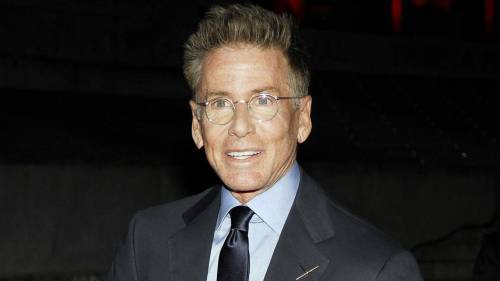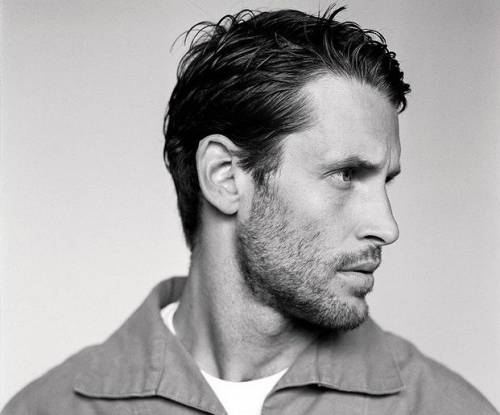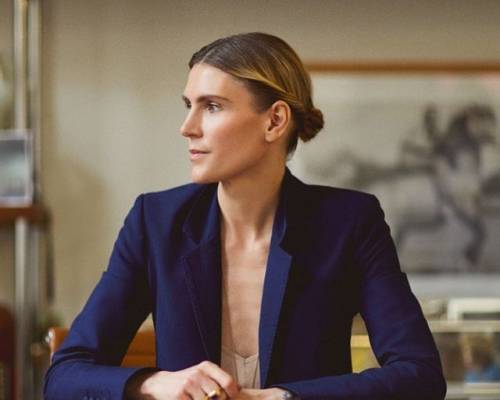Balenciaga: the journey of simplicity, silhouette transformation and a second birth
"A woman has no need to be perfect or even beautiful to wear my dresses. The dress will do all that for her."
Cristobal Balenciaga
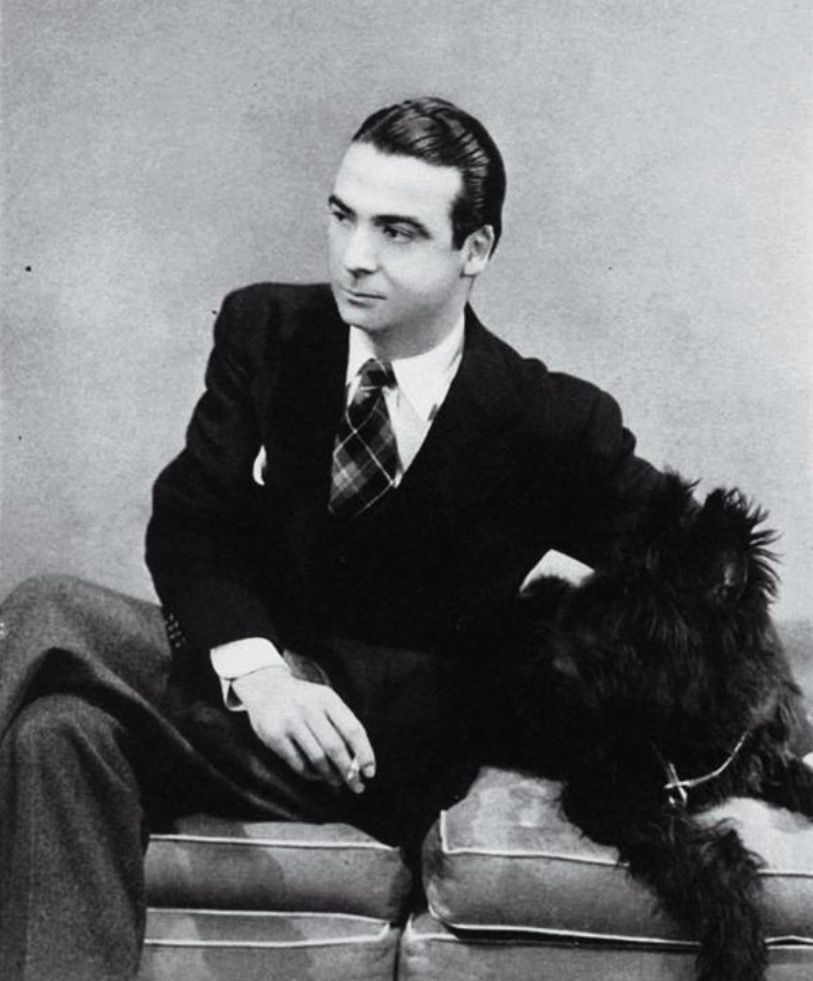 Photo: *******.com/cristobalbalenciagamuseoa/
Photo: *******.com/cristobalbalenciagamuseoa/
His future could have unfolded in a completely different way: born in the 19th-century small Basque fishing village of Getaria, far away from the classiness of couture, Cristobal Balenciaga was a fisherman's son. But the stars aligned, and the young boy immersed into the world of fashion. In the beginning, by helping his mother-seamstress and then getting lucky to have Marquise de Casa Torres as a patron, he could study tailoring in Madrid.
The success came to him rapidly: in 1917, Cristobal Balenciaga opened his first Haute Couture House, with the branches in Barcelona, Madrid, and San Sebastian, respected by the Spanish royalty and aristocracy. Though this time, it wasn't just a coincidental luck: according to Christian Dior, Balenciaga was" the master of us all," standing out from other "simply fashion designers" by "cutting material, assembling a creation and sewing it by hand," as admitted Coco Chanel herself. Hard-working and perfectionist by nature, he didn't give up on his dream even during the tough times of the Civil War in Spain. In 1937, he decided to move his Fashion House to Paris, 10 Avenue George V. Creating even during the WWII period, Cristobal Balenciaga introduced his long-remembered square - shoulder coat, in which the sleeve was cut in one piece with the yoke.
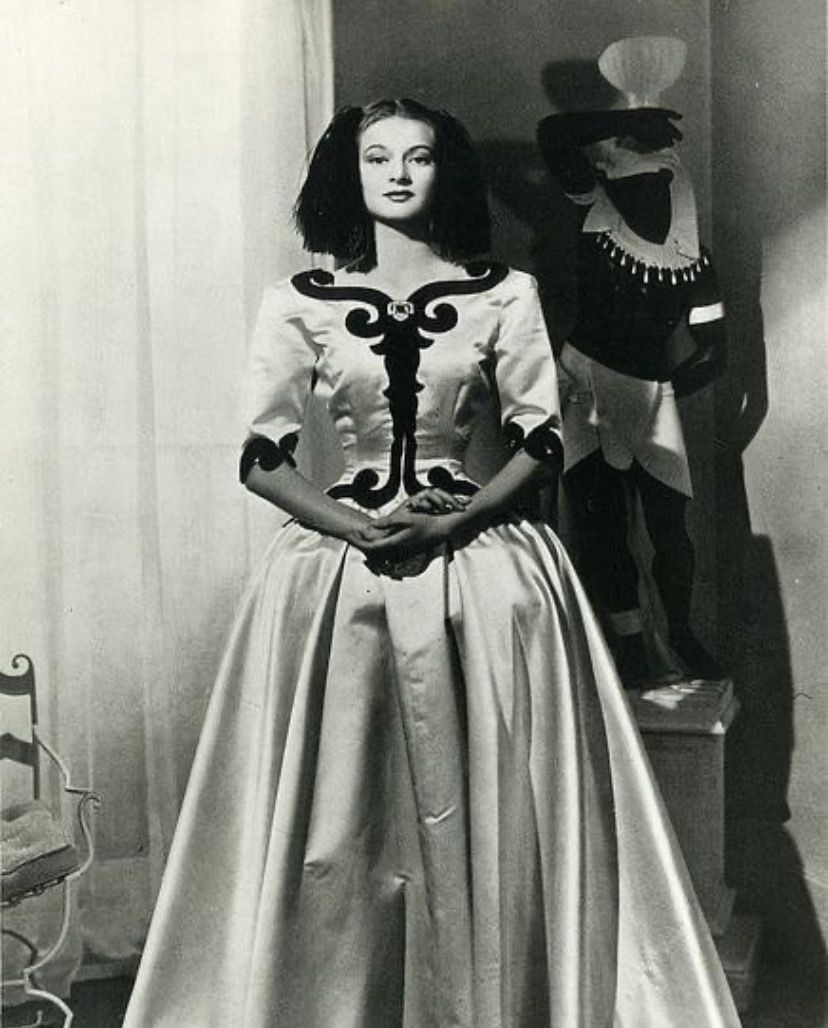 Photo: *******.com/cristobalbalenciagamuseoa/
Photo: *******.com/cristobalbalenciagamuseoa/
Balenciaga major fashion breakthrough, though, happened only 15 years later after its first French - Renaissance-inspired collection. Such references to historical eras followed the designer throughout his whole career, displayed in play costumes, laces from the traditional Spanish dress, and mantels inspired by Spanish artists and toreadors. Then, the year 1953 marked a revolutionary turn point in the fashion world: Cristobal Balenciaga changed the traditional level of waistline, allowing it to be fluid and regardless of the actual woman's waist. The same year loose-fit tunic and 1957 'Sac' dress were the pieces of Balenciaga's admiration of simple lines and shapes, such as circles and semicircles. Next has introduced the 'Baby Doll' dress, exemplifying the brand new high-waisted silhouette.
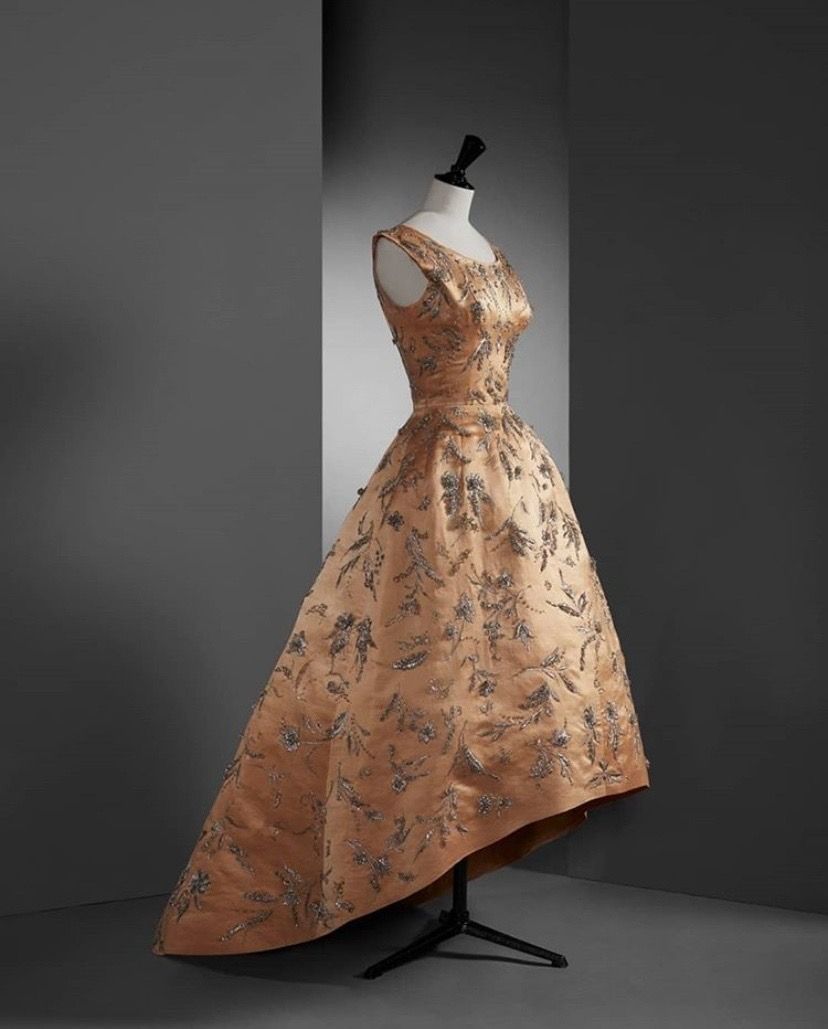 Photo: *******.com/cristobalbalenciagamuseoa/
Photo: *******.com/cristobalbalenciagamuseoa/
"A woman walking would displace the air so that her skirt would billow out just so much, front, back and sides would round out each in turn, imperceptibly, like a sea-swell," described her feelings about Balenciaga dresses Baroness Pauline de Rothschild. Allowing the freedom of movement and sculpturing each woman's body shape individually, the designer reached worldwide recognition, with J. F. Kennedy and Queen Fabiola of Belgium ordering his pieces.
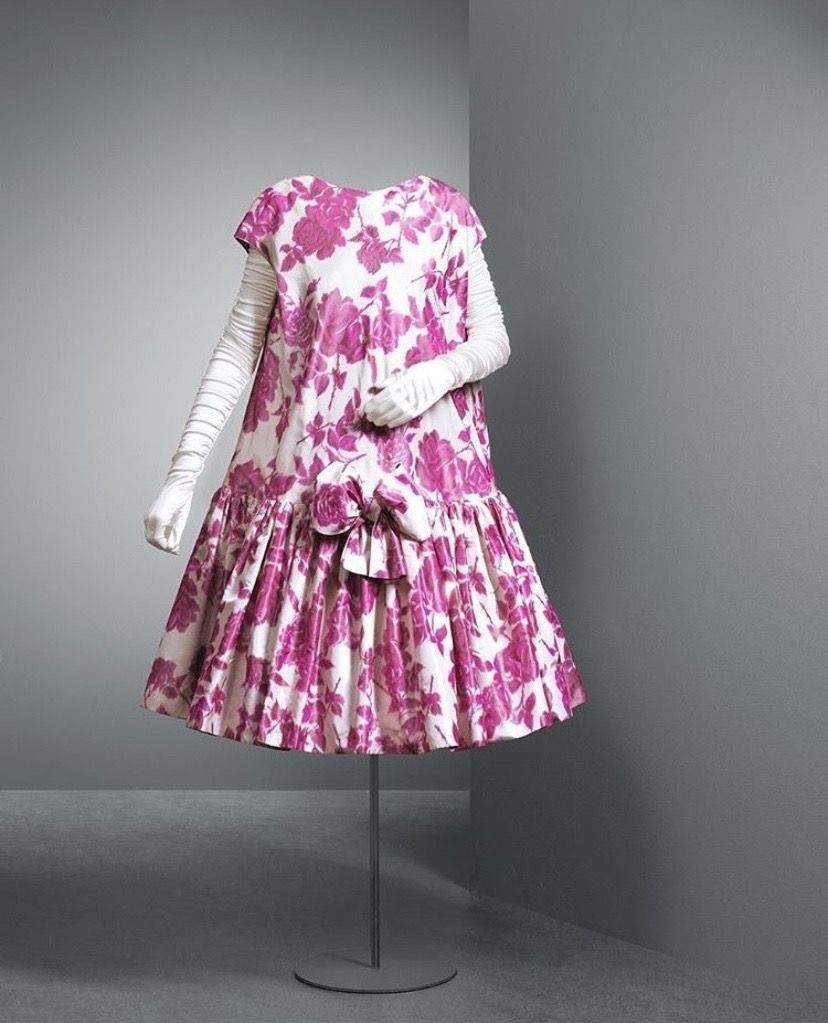 |
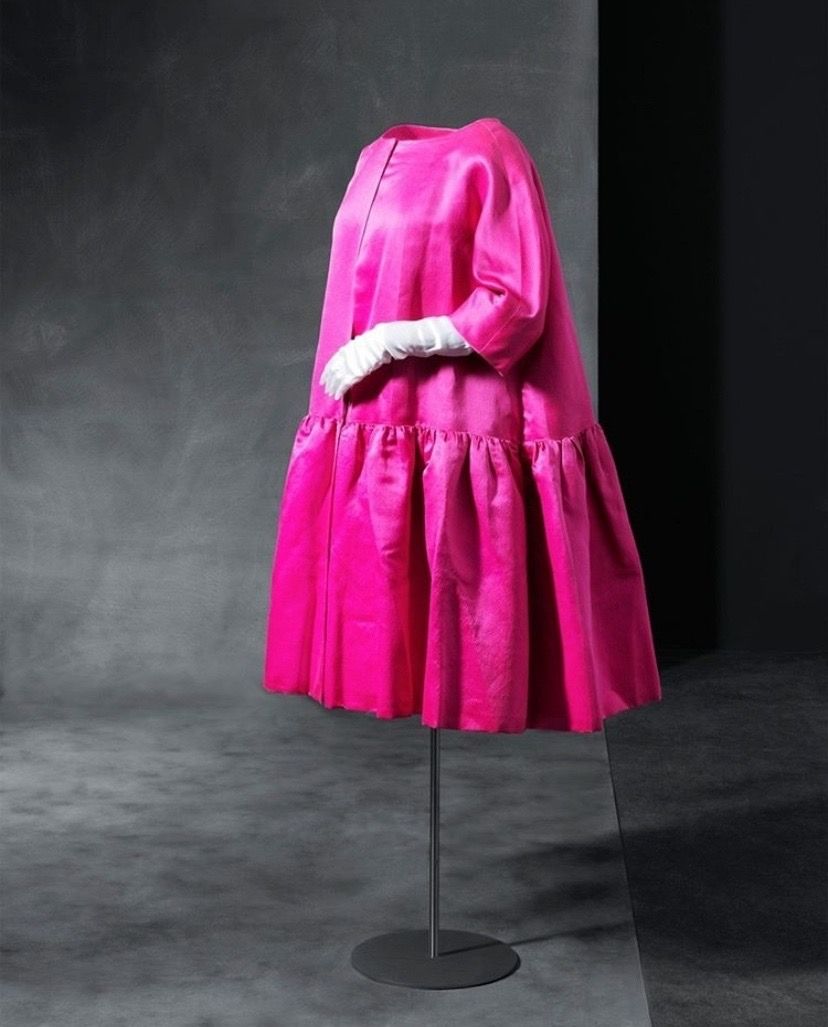 |
| Photo: *******.com/cristobalbalenciagamuseoa/ | |
Throughout the end of 1950s and the beginning of the 1960s, Cristobal Balenciaga continued boldly experimenting, but this time with materials. His attachment to both heavy cloths and ornate embroideries led him to look for some new kind of fabric for his designs. Thus, the gazar d'Abraham fabric, made at the Abraham's Swiss Fabric House, became the essential part of many casual and evening dresses and suits. The stand-up collars from the collarbone and the ⅞ shortened bracelet sleeves (called so as they were able to showcase the jewelry on the hands) appeared on the list of other Balenciaga collections distinctive features.
Those decades, however, did not go smoothly for the brand. Cristobal Balenciaga was in his way a non-conformist in the fashion world of that time: he resisted the rules of The Chambre Syndicale de la Couture Parisienne - officially had never been a member of Haute Couture designers.
Unfortunately, with the death of its founder in 1972, Balenciaga Fashion House had to close its doors as well. But, thankfully, it was only a temporary measure: in 1997, the brand revived itself with Nicolas Ghesquière becoming its new Creative Director. The designer introduced the first men's collection and attempted to find a new place for the outdated at that point of time brand with the futuristic prints, the references to the new reality of the digital world, and pop-art in the designs.
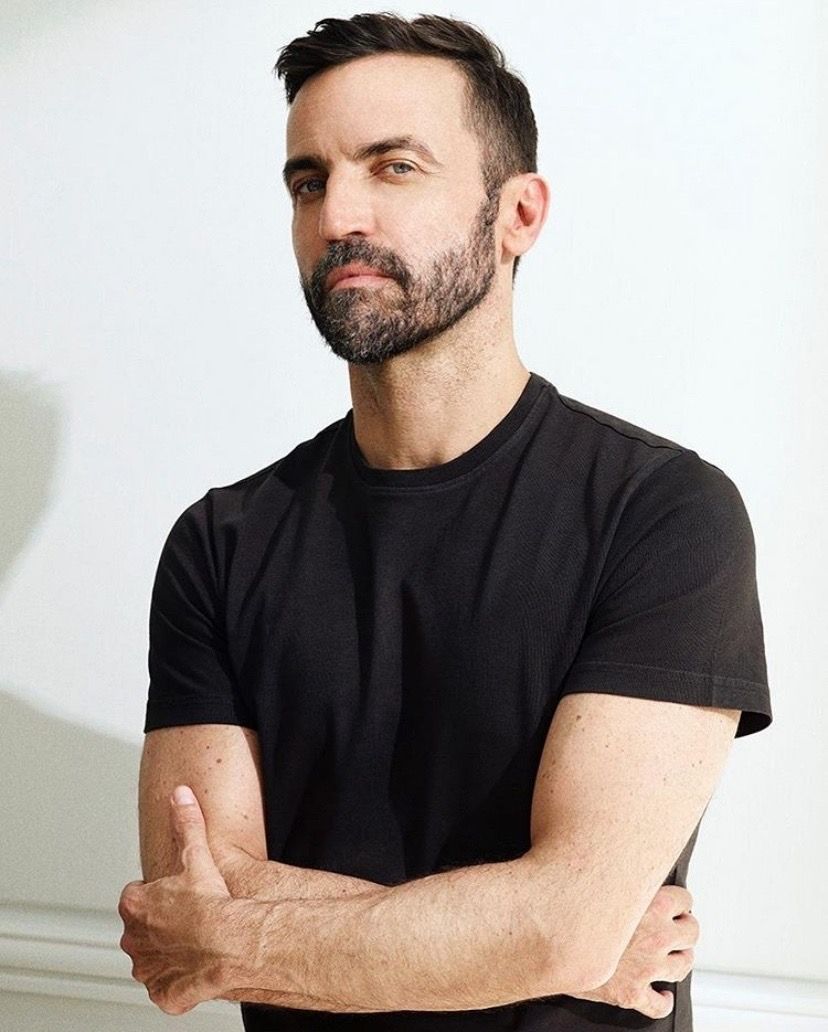 Photo: *******.com/nicolasghesquiere/
Photo: *******.com/nicolasghesquiere/
Since 2012 and up to 2015, Alexander Wang was the creative director of the brand. His role was taken over by Demna Gvasalia, a designer of Georgian descent. Being the genius of creativity, he very quickly became a trendsetter by presenting the most outrageous pieces, balancing on the edge of ugliness and chic. Gvasalia finds inspiration in the things that surround us in our not an haute couture life at all - just as his IKEA-resembling bag or street-style bulky jackets.
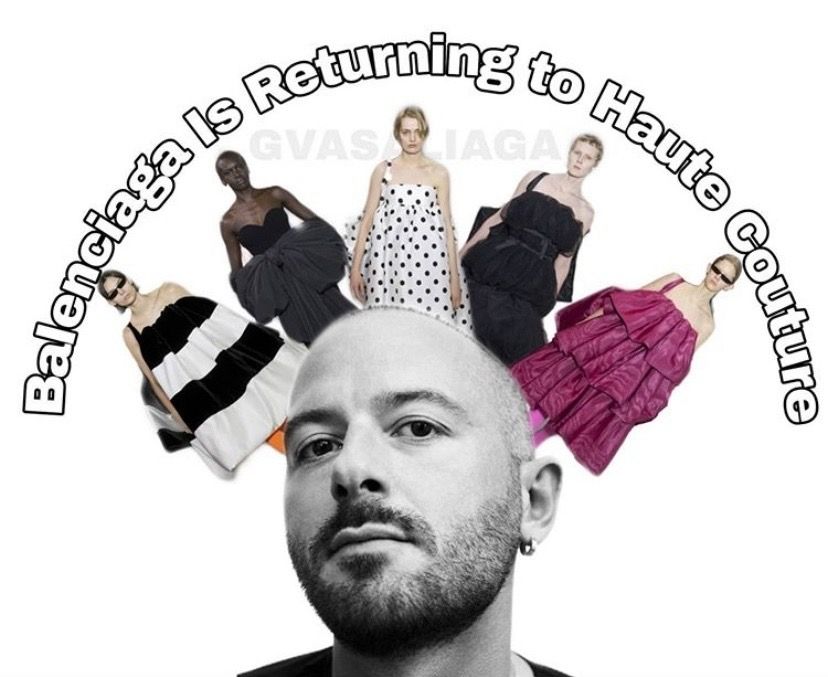 Photo: *******.com/gvasaliaga/
Photo: *******.com/gvasaliaga/
"Women did not have to be perfect or even beautiful to wear his clothes. His clothes made them beautiful," one can read an epitaph on the Cristobal Balenciaga's grave. Balenciaga Fashion House managed to stay true to these words even in the 21st century, risen from the ashes for its second life in the new millennial.
Read more about the fashion brands:
Balmain: how "New French Style" evolution has become a 21st-century fashion revolution
Chanel: how was an image of female dandy born
Louis Vuitton: how did the suitcase empire turn into wearable luxe?
